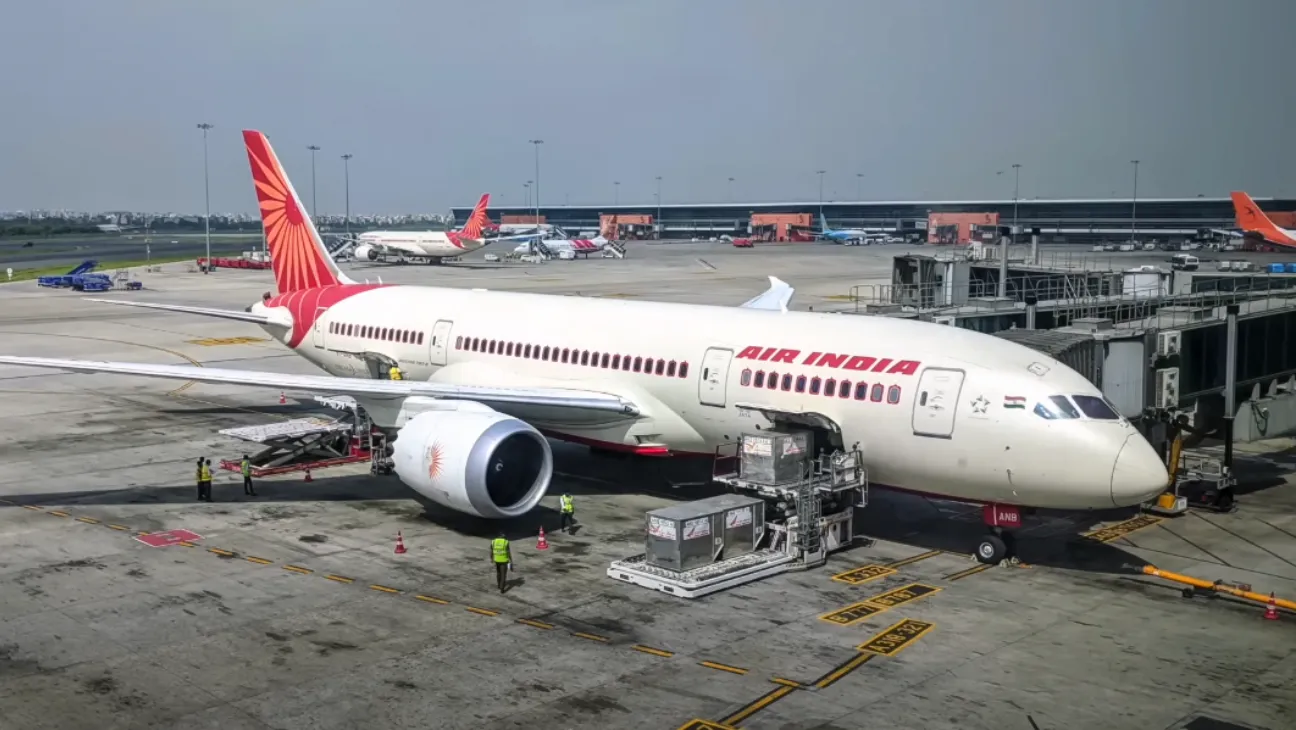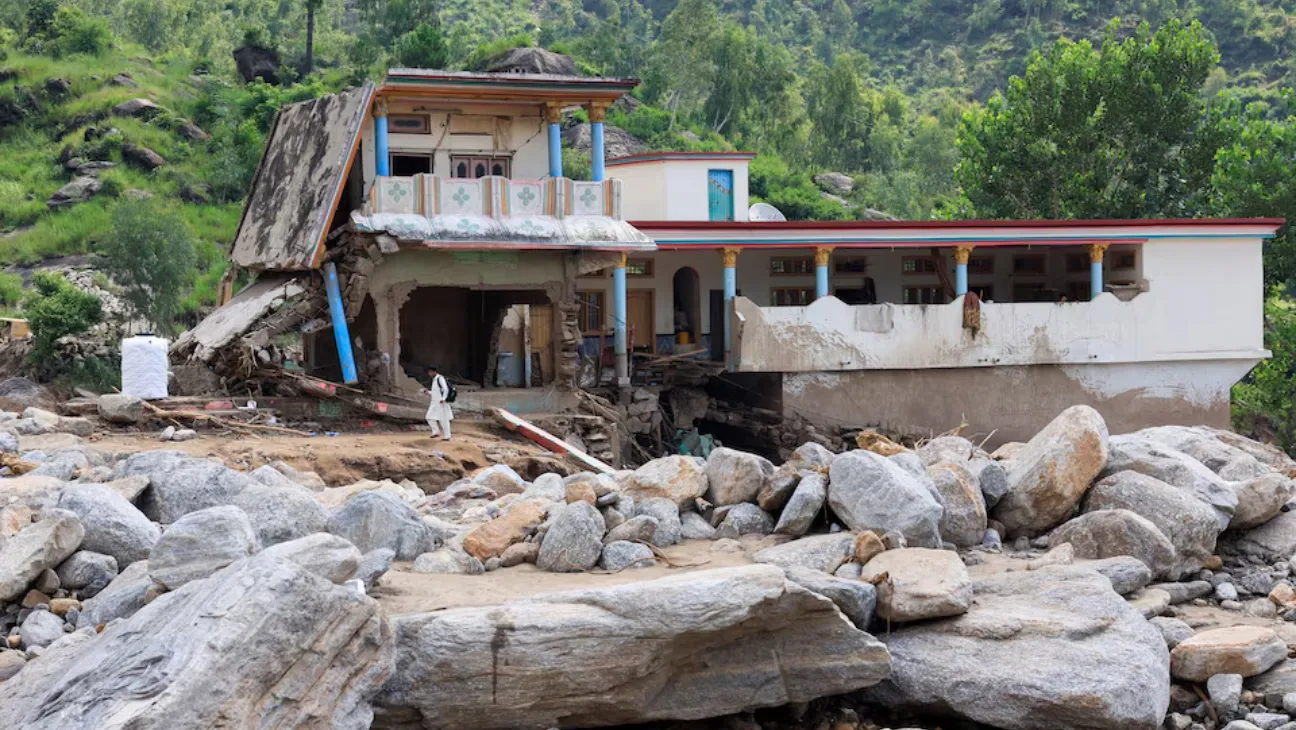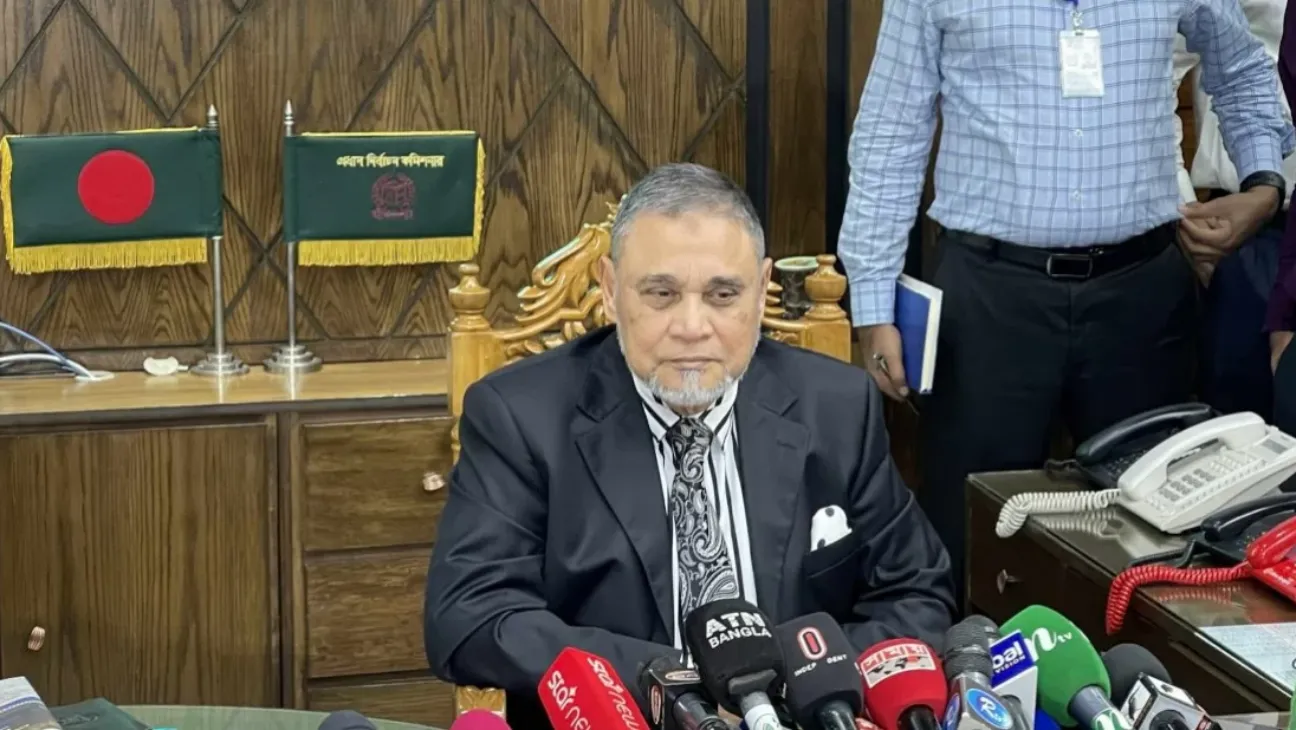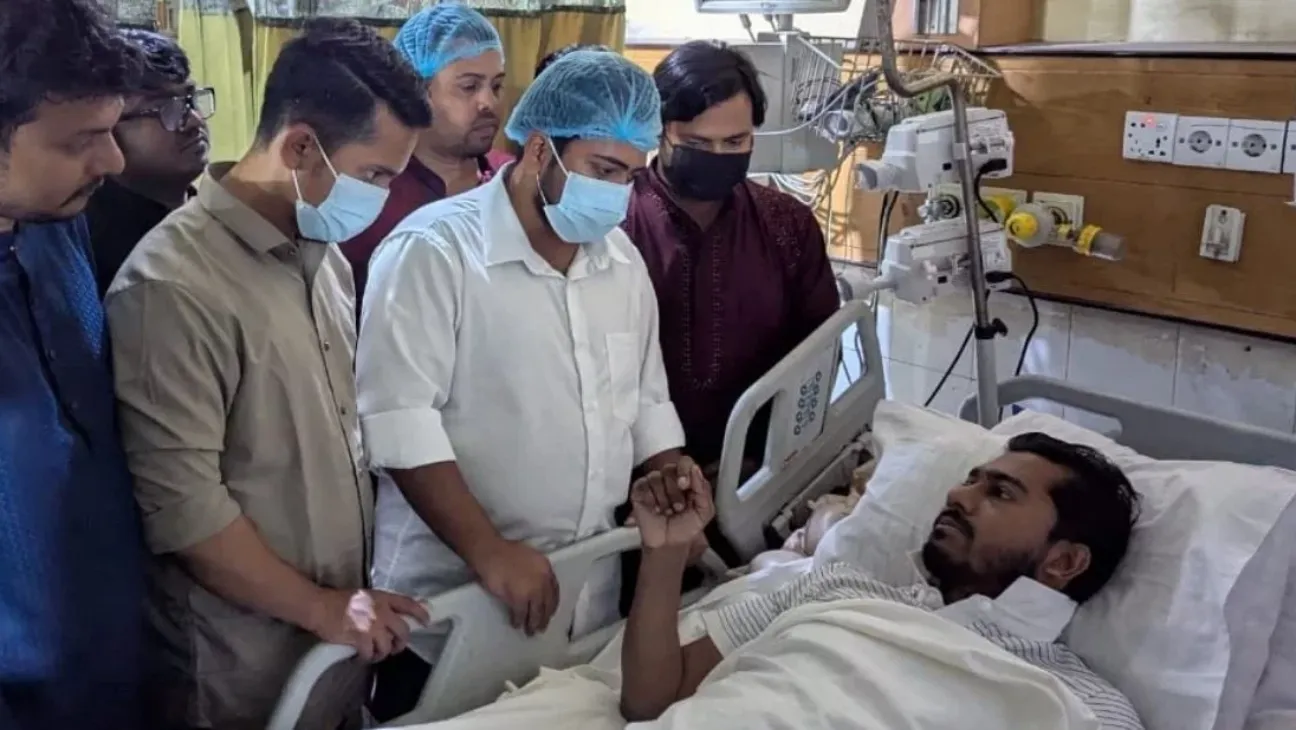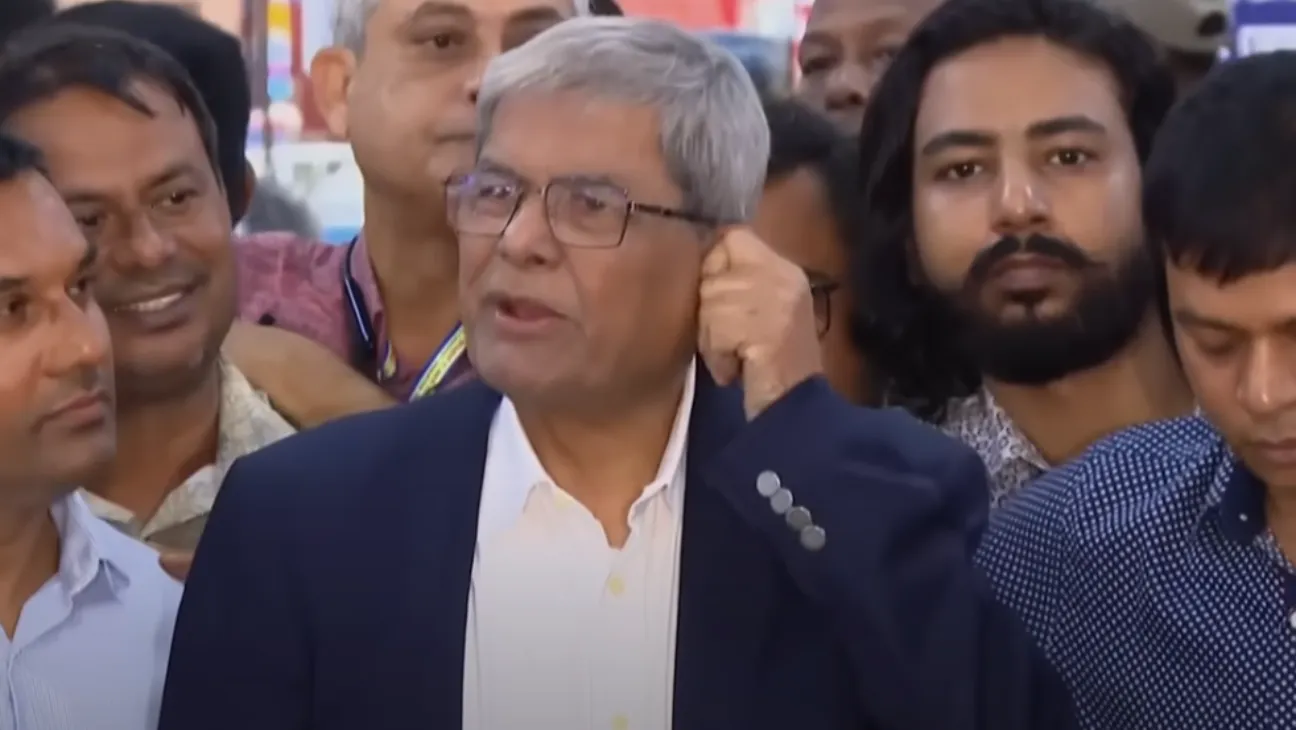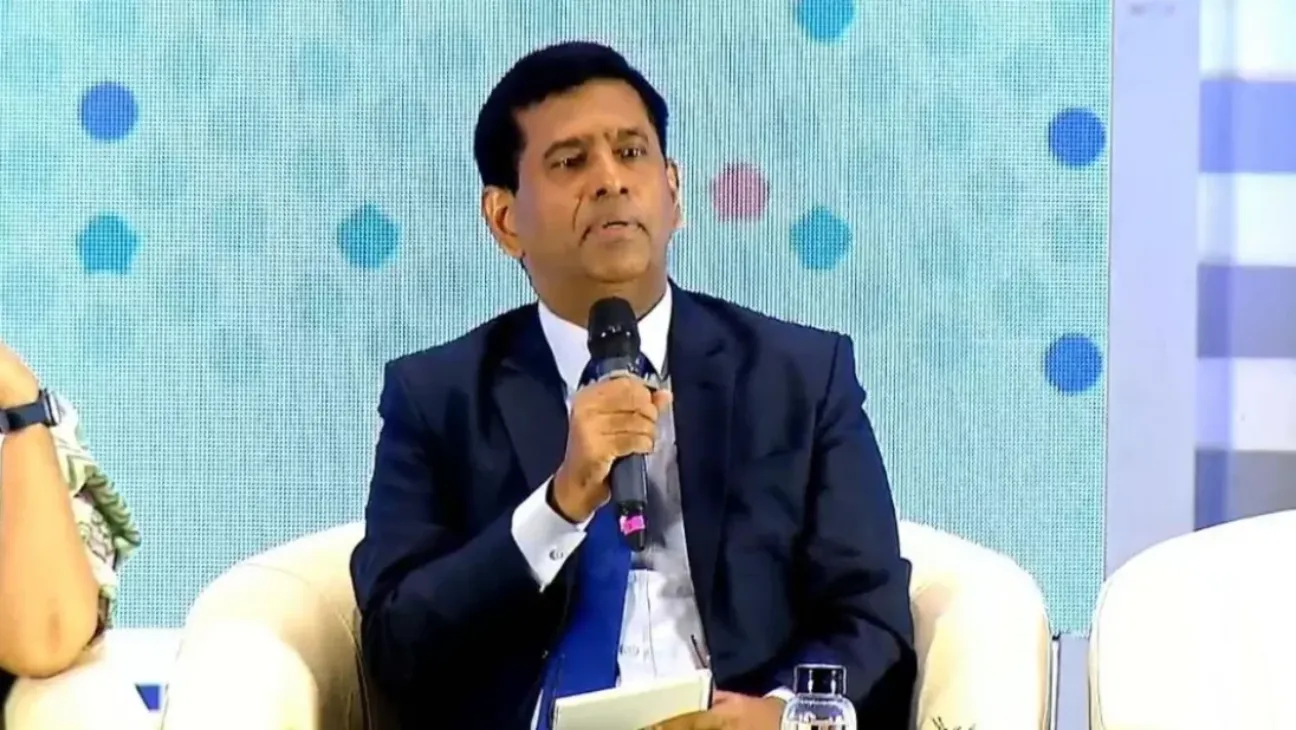More than 300 people are believed to have died after Air India Flight AI171—a Boeing 787 Dreamliner—crashed near Ahmedabad on Thursday afternoon.
The flight, with 242 passengers and 12 crew, departed from Sardar Vallabhbhai Patel International Airport around 11:30 AM local time. Just after reaching 400 feet altitude, the aircraft made a rapid descent and exploded into a fireball near BJ Medical College in Meghani Nagar—a crowded area full of lunch‑break medical students. Gujarat police estimate approximately 50–60 deaths occurred on the ground.
Air traffic control confirmed the pilots issued a Mayday call. Then, without warning, contact was lost. CCTV and witness footage captured a massive explosion seconds later.
“A terrible scene unfolded at the hospital,” said a rescue worker on site. “Doctors are treating the injured and mourning their peers.” Many victims are reported to be medical students and healthcare professionals.
Why this matters
This marks the first complete loss of a Boeing 787 Dreamliner since its introduction in 2009. The aircraft, delivered to Air India in 2014, has maintained a strong safety record until now—no prior hull-loss crashes. Flight tracking data showed the jet climbed to about 625 feet before plummeting at nearly 475 feet per minute.
Flight Radar24’s early analysis supports a steep dive shortly after takeoff—raising urgent questions about what went wrong on a clear, midday departure.
Who was on board
There were 169 Indian citizens, 53 British nationals, 1 Canadian and 7 Portuguese aboard, according to Air India. Among the passengers was former Gujarat chief minister Vijay Rupani.
British Prime Minister Rishi Sunak posted on social media, calling the crash “a heartbreaking moment.”
What may have caused it
Experts are exploring several possibilities:
-
Dual engine failure: Losing both engines so soon after takeoff is extremely rare. A bird strike remains a leading theory—though investigators are also scrutinizing potential structural fatigue or maintenance issues.
-
Maintenance and assembly concerns: Whistleblowers have warned of potential gaps in Boeing’s assembly process. A former Boeing engineer told The New York Times workers sometimes “jumped on airplane parts to get them to align” .
-
Pilot performance: Speculation is growing around flap settings and weight calculations. Footage suggests the aircraft struggled to climb. Flap misconfiguration has caused fatal crashes before, such as Spain Air 5022 in 2008.
Weather is ruled out. Local authorities have found no signs of foul play.
What happens next
Investigators have located the tail—and likely the black box—intact, which may speed up analysis. A full recovery of flight data and cockpit voice recordings is expected soon.
Air India and the Tata Group now face fresh scrutiny. Since their takeover in 2022, decades-old issues—faulty air conditioning, broken seats, cabin systems out of service—have persisted in the fleet. Some are asking whether safety was compromised.
Regulators may ground other 787s pending the outcome. The DGCA plans to coordinate with Boeing and global aviation bodies to determine next steps.
A broader context
Takeoff remains the most dangerous phase of flight. Historically, steep climbs, engine failures and checklist errors have had tragic consequences:
-
Air India Flight 855 (1987): Crashed into the Arabian Sea after instrumentation failure—213 lives lost.
-
Alliance Air Flight 7412 (2000): Engine failure and poor recovery during stall claimed 60 lives.
-
American Airlines Flight 587 (2001): Lost vertical stabilizer after aggressive rudder control at takeoff, killing 265.
-
Spanair Flight 5022 (2008): Incorrect flap setting caused stall and crash, killing 154.
What questions are emerging
How could both engines fail so fast? Was it a bird strike? Or were maintenance lapses at play? Could pilot error or weight miscalculations have contributed?
You might ask: how did Boeing’s 787—once hailed for safety—end up here? If assembly shortcuts or fatigue cracks are confirmed, that strikes at the heart of industry trust.
And for you reading this: what do you expect airlines to do now? Will regulators ground similar jets? Will Air India overhaul maintenance procedures? Will Boeing face fresh investigations?
What we’ll learn and when
Final answers won’t come for weeks or months. But with the black box possibly intact, they may come sooner than later.
Public pressure is growing for full transparency. Journalists and relatives are urging that PR spin be avoided—calling for clear, factual updates and nothing left hidden.
In the meantime, families are grieving and rescuers continue to search the wreckage and treat the injured. Doctors say hospital wards are stretched beyond capacity.
If you’ve got loved ones traveling on Dreamliners or plan to soon, you’re not alone in wondering: is it safe to fly on this model again?
Air India says it will cooperate fully with investigators. Boeing declined immediate comment. The DGCA has launched a formal inquiry.
That inquiry may define public trust in Indian aviation—and perhaps global confidence in the 787.

